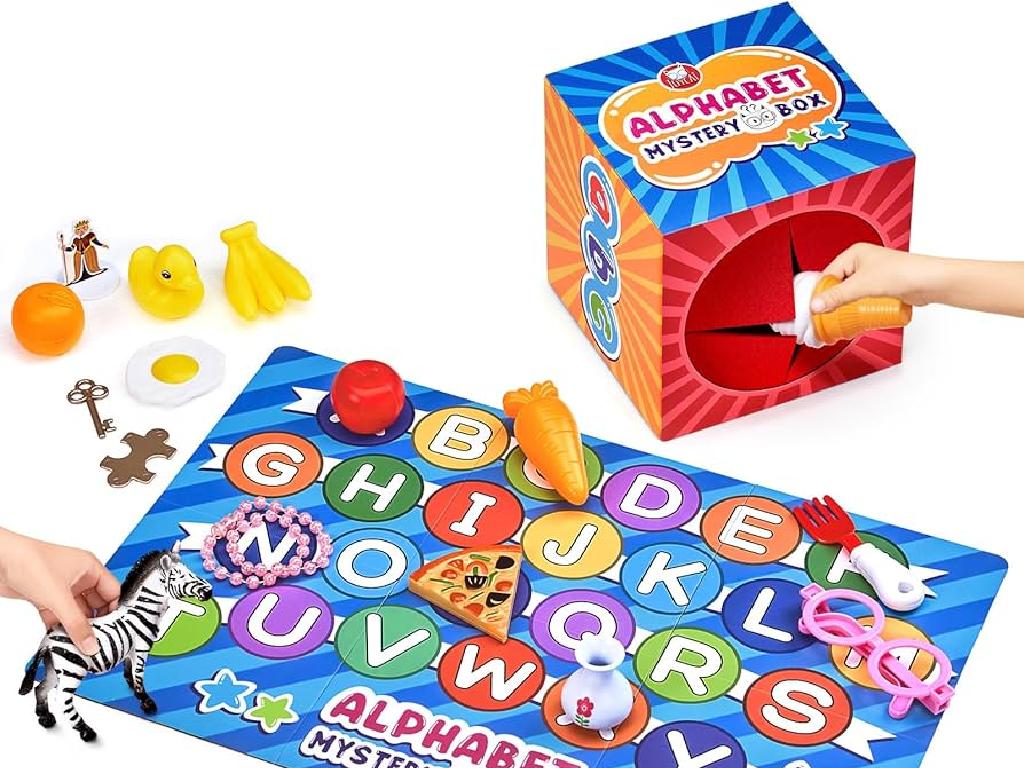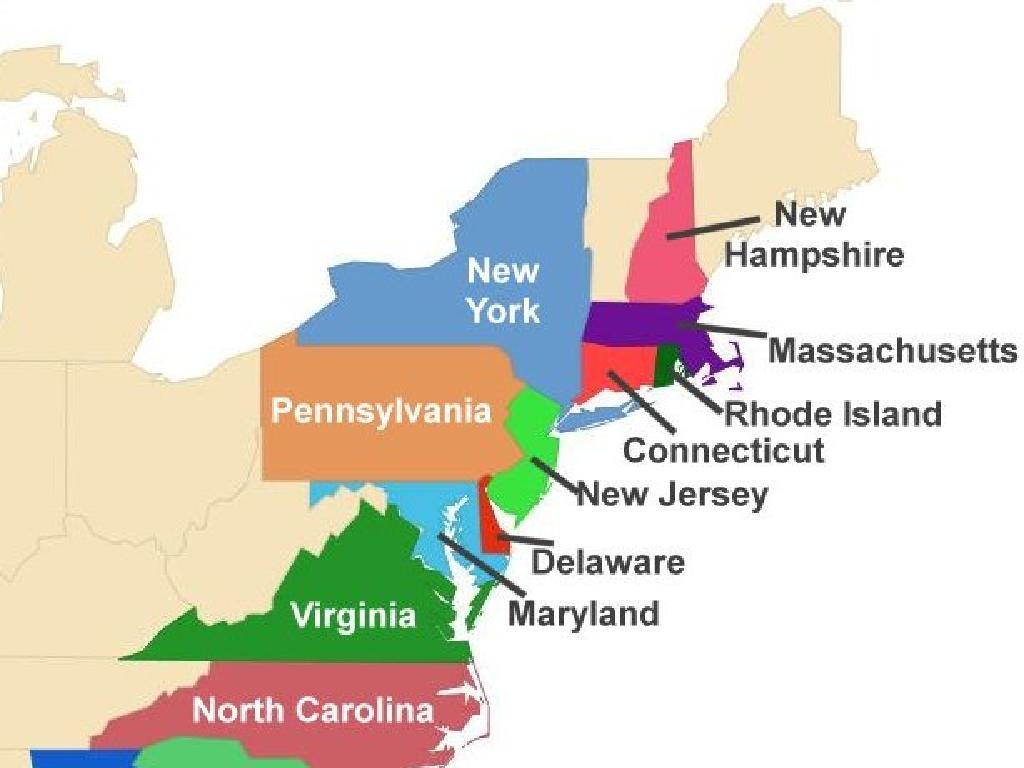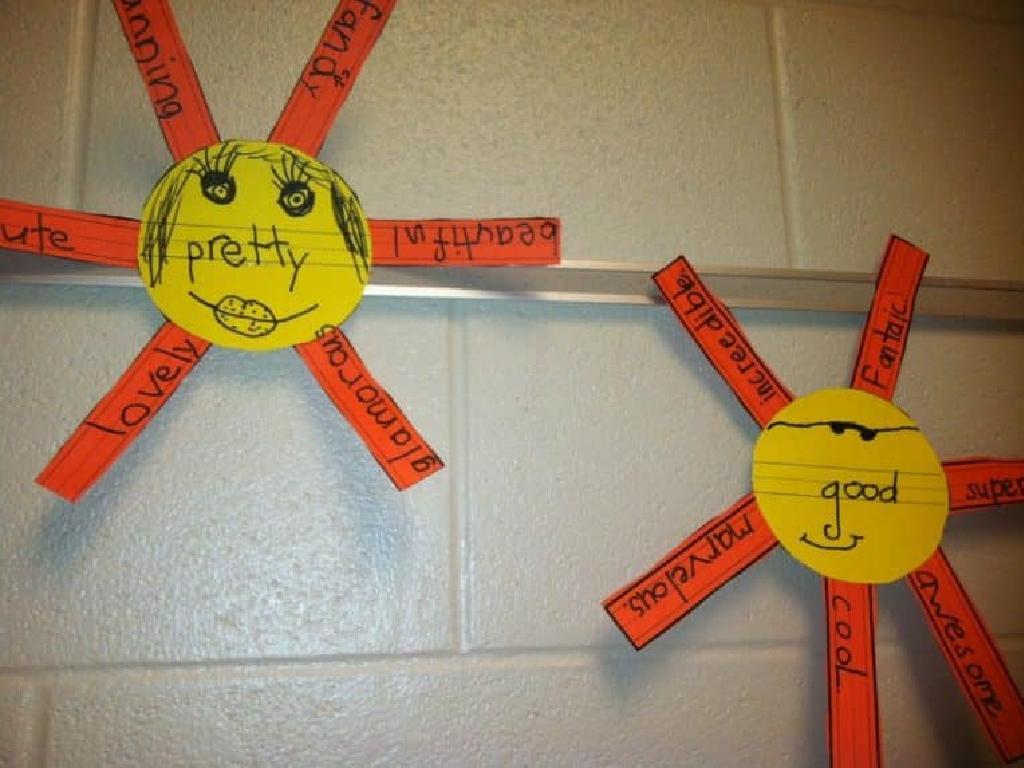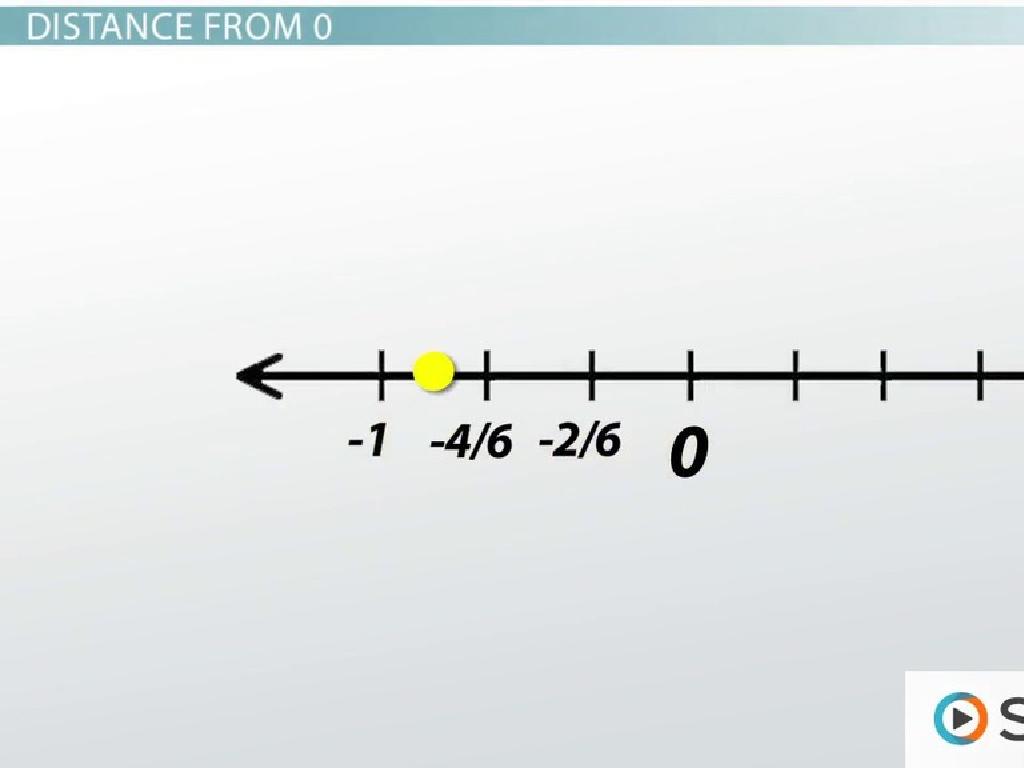Identify Multiplication Expressions For Arrays
Subject: Math
Grade: Third grade
Topic: Understand Multiplication
Please LOG IN to download the presentation. Access is available to registered users only.
View More Content
Welcome to Multiplication!
– Multiplication as repeated addition
– If you have 4 groups of 3 apples, that’s 3+3+3+3 or 4 times 3!
– Arrays: A multiplication tool
– Arrays organize objects in rows and columns to count easily.
– Rows and columns in arrays
– Count the number of rows and the number of items in each row.
– Creating multiplication expressions
– Use rows and columns to write expressions like 2×3 for 2 rows of 3.
|
This slide introduces the concept of multiplication to third graders by relating it to addition they are already familiar with. Arrays are presented as a visual tool to help understand and perform multiplication. Explain that an array is made up of rows and columns and that by counting these, we can create multiplication expressions. For example, an array with 2 rows and 3 columns represents the multiplication expression 2×3. Encourage students to create their own arrays with different objects and write the corresponding multiplication expressions. This will help solidify their understanding of how multiplication is a method of combining equal groups.
Understanding Multiplication
– Multiplication as repeated addition
– Example: 3 times 2
– Similar to adding the number 2, three separate times
– Visualize with 2 + 2 + 2
– Draw an array with 2 dots in 3 rows on the board
– Count together as a class
– Engage the class in counting the dots aloud
|
This slide introduces the concept of multiplication to third-grade students by relating it to the more familiar operation of addition. Start by explaining that multiplication is a way to add the same number several times quickly. Use the example of 3 times 2 to show that instead of adding 2 three times, we can simply multiply 3 by 2. On the board, illustrate this by showing 2 + 2 + 2 and then drawing an array with 2 dots in 3 rows, which visually represents the multiplication expression. Have the students count the total number of dots together to reinforce the concept. This interactive approach helps solidify their understanding of multiplication as repeated addition.
Creating Arrays to Learn Multiplication
– Arrays: objects in rows and columns
– Equal objects in each row
– Visualize multiplication with arrays
– Example: 3 rows of 2 apples
– 3 rows with 2 in each gives 3 x 2 = 6 apples
|
This slide introduces arrays as a visual tool to help students understand and solve multiplication problems. Arrays are organized sets of objects that can be arranged in rows and columns, with each row containing the same number of objects. By arranging objects in this way, students can easily count the total by using multiplication. For example, if there are 3 rows of 2 apples each, students can count 2 apples per row, multiplied by 3 rows, resulting in 6 apples in total. This visual representation helps solidify the concept of multiplication as repeated addition. Encourage students to create their own arrays with different objects and write the corresponding multiplication expression.
Multiplication Expressions for Arrays
– Rows show how many times to add
– Columns show the number we add
– Together they form an expression
– Example: 3 rows of 4 equals 3 x 4
– Visualize 3 rows with 4 items each to get 12
|
This slide is aimed at helping third-grade students visualize multiplication as repeated addition using arrays. Explain that each row in an array represents the number of times a number is added. The columns represent the number that is being added repeatedly. When combined, the rows and columns give us a multiplication expression, which is a quick way to do repeated addition. For example, if we have an array with 3 rows and 4 items in each row, this can be expressed as 3 times 4, which equals 12. Encourage students to draw arrays and write the corresponding multiplication expression to reinforce the concept.
Let’s Practice Multiplication with Arrays!
– Observe the array structure
– Write the multiplication expression
– If an array has 3 rows of 4, the expression is 3 x 4
– Count rows and columns
– Multiplication is repeated addition
– Try more arrays
– Practice helps in understanding arrays
|
This slide is designed for a class activity where students will apply their knowledge of arrays to write multiplication expressions. Start by showing them an array and guide them to observe the number of rows and columns. Then, help them translate this observation into a multiplication expression, such as 3 rows of 4 items being 3 x 4. Encourage them to count the total number of items by adding the rows or columns repeatedly to reinforce the concept of multiplication as repeated addition. Provide them with different arrays to practice this skill. As they work through the activity, walk around the classroom to offer support and answer questions. Possible activities could include creating arrays with physical objects, drawing arrays, or using interactive digital arrays.
Multiplication Expressions from Word Problems
– Form expressions from problems
– Understand how to turn a story problem into a multiplication sentence.
– Identify rows and columns
– Rows represent groups, columns represent number in each group.
– Write the matching expression
– Use rows and columns to write a multiplication expression like 3 rows of 4 is 3 x 4.
|
This slide aims to teach students how to translate word problems into multiplication expressions. Start by explaining that word problems often describe groups of items, which can be thought of as rows and columns in an array. Show how to identify the number of groups (rows) and the number of items in each group (columns). Then, demonstrate how to express this relationship with a multiplication expression. For example, if a word problem describes 3 baskets with 4 apples each, we can write the expression 3 x 4 to represent the total number of apples. Encourage students to practice with different word problems and guide them to visualize the problem as an array to help them write the correct multiplication expression.
Class Activity: Array Building
– Build arrays using blocks
– Match arrays to expressions
Create an array that represents 3×4, 2×5, or 4×2 etc.
– Share your array with the class
– Explain your multiplication
Tell us how many rows and columns you have
|
This activity is designed to help students visualize multiplication as an array of blocks, reinforcing the concept that multiplication is repeated addition. Provide a variety of multiplication expressions for students to choose from and ensure they have a sufficient number of blocks. Students will create an array that matches the given expression, such as 3 rows of 4 blocks for 3×4. After building their arrays, each student will present their array to the class, explaining the multiplication expression it represents. For example, ‘I made 3 rows of 4 blocks, so 3 times 4 equals 12.’ Encourage students to observe the different arrays and see the connection between the arrangement of blocks and the multiplication expression. Possible variations for different students could include using different colored blocks for each row or column, creating arrays of different sizes, or even combining arrays to represent more complex expressions.
Review & Homework: Arrays and Multiplication
– Review arrays and multiplication
– Complete the worksheet at home
– Find arrays and write the multiplication expression for each
– Practice identifying expressions
– Use arrays to understand how multiplication expressions are formed
– Remember: Practice makes perfect!
|
This slide is meant to recap the day’s lesson on arrays and their corresponding multiplication expressions. The homework is designed to reinforce the concept by having students complete a worksheet where they will identify and write multiplication expressions for various arrays. Remind students that arrays are a visual representation of multiplication problems, and writing the expressions helps solidify their understanding of how multiplication works. Encourage them to practice regularly, as this will help them become more confident in their multiplication skills. Provide examples on the worksheet that cater to different learning levels, ensuring that all students can participate and benefit from the exercise.






